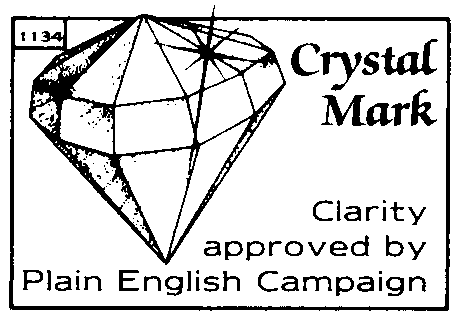
What you should
know about
Gemzar
|
|
What you should know about Gemzar |
Please read this leaflet carefully before you start your medicine. It does not contain ail the information about your medicine that you may need to know, so please ask your doctor, nurse or pharmacist if you have any questions. This leaflet only applies to Gemzar.
What is in your medicine?
Your medicine is called Gemzar. Its active ingredient is gemcitabine hydrochloride. Gemzar also contains the inactive ingredients mannitol and sodium acetate.
Your medicine came from a glass bottle supplied to the hospital containing either 200 milligrams or 1 gram of gemcitabine hydrochloride powder.
A hospital pharmacist, nurse or doctor will have dissolved the Gemzar powder in sterile sodium chloride solution. This liquid is then passed from a bag or pump through a tube and needle into one of your veins. This is called an 'intravenous infusion'.
Gemzar is a 'cytotoxic' drug. Cytotoxic drugs kill cells which are dividing, including cancer cells.
Gemzar is made by Lilly France SA, Rue du Colonel Lilly, 67640 Fegersheim, France. The product licence holder is Eli Lilly and Company Limited, Dextra Court, Chapel Hill, Basingstoke, Hampshire, RG21 5SY
Why Gemzar?
Gemzar is used to treat patients who have lung cancer of the 'non-small cell' type. If your doctor gives you this medicine for anything else, ask him or her any questions you have about it.
Before you are treated with Gemzar
Your doctor will make sure it is safe for you to have Gemzar. Children should not have Gemzar.
If you answer YES to any of the following questions, or you are not sure, tell your doctor, nurse or pharmacist.
These are some of the things your doctor will have thought about:
If you have a long infusion injection (more than 30 minutes) or a lot of infusion injections (more than once a week) it may cause more side effects.
Gemzar and most other cytotoxic drugs may affect the cells in your bone marrow. These cells divide very quickly to make new blood cells. Your doctor or nurse will take samples of your blood when you are treated with Gemzar. The hospital's laboratory will count the number of each different type of blood cell (platelets, white cells and red cells). Your doctor may decide to change the dose or put off treating you if your blood cell counts are too low. Your blood cell counts soon improve as your bone marrow makes new cells.
The laboratory will also check that your liver and kidneys are working normally because they remove Gemzar from the body. If they are not getting rid of it quickly enough your doctor may decide to stop giving you Gemzar.
Do not drive or use dangerous machinery if you feel tired.
|
Please read the back of this leaflet. |
|
What you should know about Gemzar - continued
How Gemzar is used to treat you
Usual dose
Your nurse will measure your height and weight and work out the surface area of your body from these measurements. Your doctor will use this body surface area to work out the right dose for you.
The doctor will then inject the right amount of Gemzar solution into a vein over half an hour. This is only done once a week for three weeks (see picture). You will then not be treated with Gemzar for two weeks before you get your next 'treatment cycle'. Each four-week period is called a 'treatment cycle'.
When you will get your doses of Gemzar
|
|
While you are being treated
Gemzar may cause some side effects, these include:
Your doctor should be able to give you something to treat any sickness or rash.
How your medicine is stored
The hospital pharmacy should keep the bottles of Gemzar at room temperature
(15-25ºC). They should not use a bottle after the Use before' date
When Gemzar has been dissolved, the hospital should use it within 6 hours. The
Gemzar solution should be kept at room temperature during that time. It should not be
kept in a fridge.
Remember: This medicine is for you. Only a doctor can prescribe it for you. Never
give it to others It may harm them, even if their symptoms are the same as yours.
Gemzar is a registered trademark of Ell Lilly and Company Limited
Date this leaflet was written September 1995
© Lilly and Company Limited, 1995